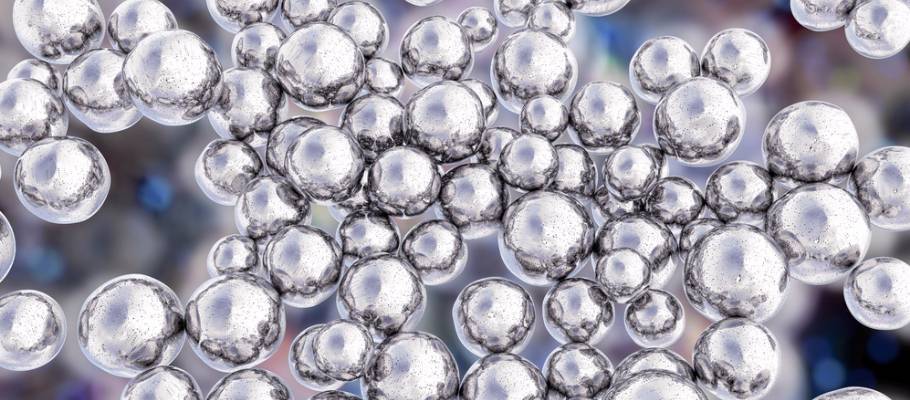Silver ions - friend or foe?
- Posted on
- By Kristin Glatzeder
- Posted in Evolon®, Hygiene, Silver ions
- 0

Our products are equipped with silver ions for longer hygiene. But how dangerous are the particles used, for us and our environment?
Silver ions in the nu:ju products - We clarify
More and more often we are asked by concerned customers whether the silver ions used in our products are nanoparticles or microparticles. A study published in 2012 by Professor Stephan Barcikowski of the Center for Nanointegration (CENIDE) at the University of Duisburg-Essen (UDE) gives cause for concern. His research group made test series with silver nanoparticles that are incorporated into medical products. The team found out that the medically used silver (in the required dose for an antibacterial effect) also damages human tissue cells.1
The silver nanoparticles in wound dressings should not only keep the medical device sterile but also kill the bacteria in the wound by releasing the silver ions and thus prevent dangerous inflammations.
Our products do not have this property. The manufacturer of Evolon® has confirmed that the silver ions used are dosed extremely low in nanoscale. Also, the silver ions are melted with the polyester granulate and firmly bonded to the material. The antibacterial effect can only develop in the material and not on the treated surface, in this case, our skin. Even after 200 washes (= approx. 4 years, with weekly washes) the silver ions can still be detected in the material. Unlike conventional microfibre cloths or other woven textiles. These are often retrofitted with silver ions on the surface, which are then washed out after only 5-10 washes.
The probability that the silver nanoparticles used in our products can get into our organism during a rather short skin contact during make-up removal or drying is thus excluded.
What about the environment?
The environmental aspect remains controversial. Nature conservation associations complain that our rivers, lakes and seas are contaminated not only by microplastics but also by silver particles.
However, in the PROSUITE study on sports shirts published in 2014, researchers from the Empa Institute of Technology at the Swiss Federal Institute of Technology in Zurich were primarily able to give the all-clear. Accordingly, so-called nanosilver not only allows lower dosages, at the same time these nanoparticles wash out much less than conventional silver particles.2 The researchers explain: "Compared to the total release of pollutants during the life cycle of a T-shirt, the toxic emission of nanosilver by washing appears to be less relevant."3
We classify our products as safe for humans, animals and the environment for the reasons mentioned above. Since they have to be washed much less frequently, they make a useful contribution to the reduction of laundry heaps due to the silver ionisation.
Quellennachweis:
- "Synthesis of hybrid microgels by coupling of laser ablation and polymerization in aqueous medium" by Philipp Nachev, Danielle D. van ’T Zand, Vincent Coger, Philipp Wagener, Kerstin Reimers, Peter M. Vogt, Stephan Barcikowski and Andrij Pich
- "Silber in Kleidung: Nanopartikel überstehen auch die Waschmaschine" von Andrea Ziech (ingenieur.de)
- "Schadet Nanosilber der Umwelt?" Youris © European Union, 2016
Bildnachweis: #402247042 ©Kateryna Kon (www.shutterstock.com)
Comments
Be the first to comment...